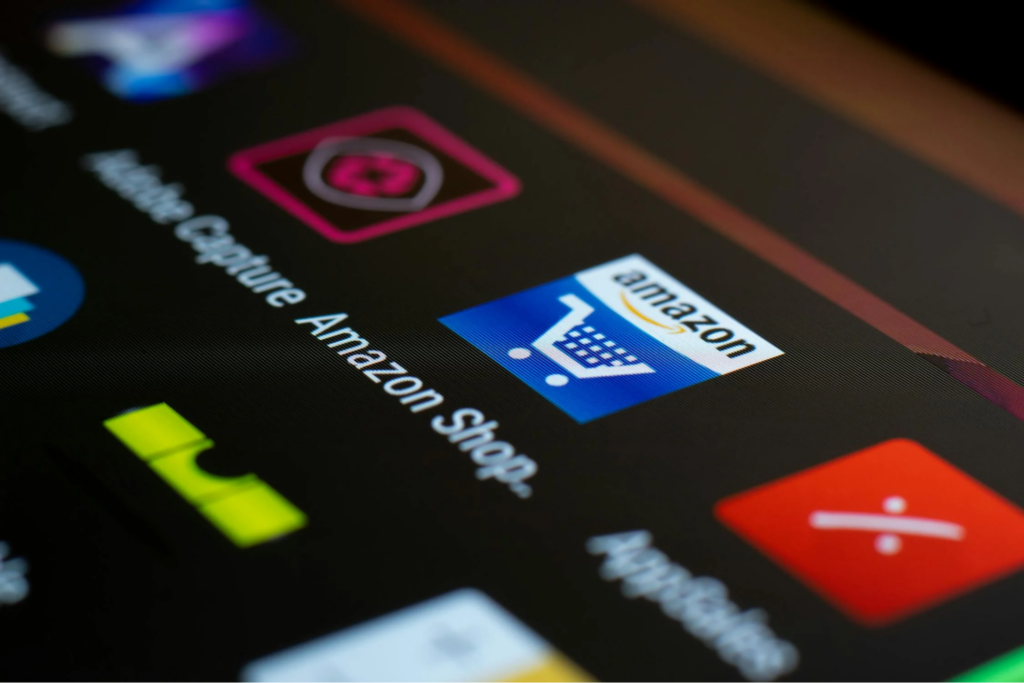Navigating the fast-paced world of Amazon can be a complex journey, especially when it comes to maintaining a healthy work-life balance. As one of the largest companies globally, Amazon is renowned for its relentless drive and innovation. However, its demanding work culture often sparks discussions about how employees manage their personal and professional lives.
Amazon Work Life Balance
Amazon work life balance remains a significant concern for many employees. The company’s fast-paced environment leads to high levels of stress and burnout. Managers encourage flexible hours, but many still report working over 55 hours weekly. Remote work options improve the situation by eliminating commutes and offering more personal time at home.
Wellness programs such as counseling and fitness activities also contribute positively to Amazon work life balance. However, they often require consistent scheduling effort to fit into busy routines. Despite these initiatives, a substantial gap still exists between corporate goals and individual experiences. Employees seek ongoing improvements, emphasizing the importance of Amazon work life balance for retaining talent. Clearer communication and stronger support systems may ease pressures, shaping a healthier workplace for all staff members. Balancing productivity with personal well-being ensures a more sustainable work culture.
The Amazon Corporate Culture
Amazon’s corporate culture is recognized for its fast-paced, high-pressure environment, which profoundly impacts work-life balance. Employees face intense demands that foster innovation but can also lead to stress.
Work Environment

Amazon’s work environment emphasizes agility and growth, where employees operate within a dynamic framework. Frequent changes drive continuous adaptation, often resulting in high stress.
Open-plan offices and technology tools aim to enhance collaboration, but competition is intense. Access to wellness resources, though available, often requires proactive engagement. It’s common for employees to engage in cross-functional roles to maximize efficiency.
Employee Experiences
Amazon employees navigate a dynamic work environment, balancing career demands with personal life. Experiences vary widely, influenced by workplace culture and individual expectations.
Positive Aspects
Some employees find Amazon’s work-life balance rewarding due to its flexible work arrangements and professional growth opportunities. Employees can often leverage remote work options, allowing for personal schedule adjustments. Wellness programs, counseling, and fitness activities contribute positively to employee well-being. These resources facilitate a supportive atmosphere where employees can thrive professionally and personally.
Company Initiatives for Work-Life Balance
Amazon has implemented various company initiatives to enhance work-life balance, aiming to support their workforce in achieving a healthier equilibrium between professional and personal responsibilities.
Flexibility Options
 Flexibility options at Amazon include remote work opportunities, part-time roles, and adjusted start times. Remote work allows employees to fulfill professional duties from home, mitigating the time spent commuting.
Flexibility options at Amazon include remote work opportunities, part-time roles, and adjusted start times. Remote work allows employees to fulfill professional duties from home, mitigating the time spent commuting.
Part-time roles cater to those needing alternative schedules, while adjusted start times enable personalization in daily routines. These flexibility options help employees balance work commitments with personal life, promoting a healthier work-life atmosphere.
Wellness Programs
Wellness programs at Amazon encompass mental health support, fitness activities, and health screenings. Employees access counseling services to address work-induced stress, while gym memberships and virtual workouts promote physical health. Health screenings and wellness checks offer preventive care guidance. Engaging in these wellness programs supports employees’ overall well-being, contributing to improved work-life balance within the demanding corporate environment.
Comparing Amazon with Other Tech Giants
Amazon and other tech giants like Google, Apple, and Microsoft face similar challenges in balancing demanding work environments with employee well-being. Each company strives to maintain productivity while offering flexibility.
Similarities
Amazon, Google, Apple, and Microsoft all emphasize innovation and high productivity, which often leads to intense workloads. They offer flexibility options such as remote work and wellness programs. These companies prioritize professional growth, allowing employees to explore new roles and responsibilities. Despite these benefits, the pursuit of ambitious targets remains a common trait among these major tech firms, affecting overall work-life balance.
 Differences
Differences
While Amazon’s work-life balance faces challenges due to intense demands and fast-paced culture, Google and Microsoft are known for fostering open communication and collaborative cultures.
Apple sets itself apart with its focus on product-driven innovation. Amazon often aligns its employees with leadership principles and performance-driven KPIs, contrasting with Google’s emphasis on creativity and teamwork. These distinctions create unique work environments, shaping employees’ experiences with work-life balance across the tech industry.
To Conclude
Amazon’s work-life balance remains a complex issue shaped by its high-pressure corporate culture and relentless pursuit of innovation. While the company offers flexibility and wellness programs, employees often find it challenging to integrate these into their demanding schedules. The drive for success and adherence to leadership principles can lead to overwork and burnout, impacting personal well-being.



